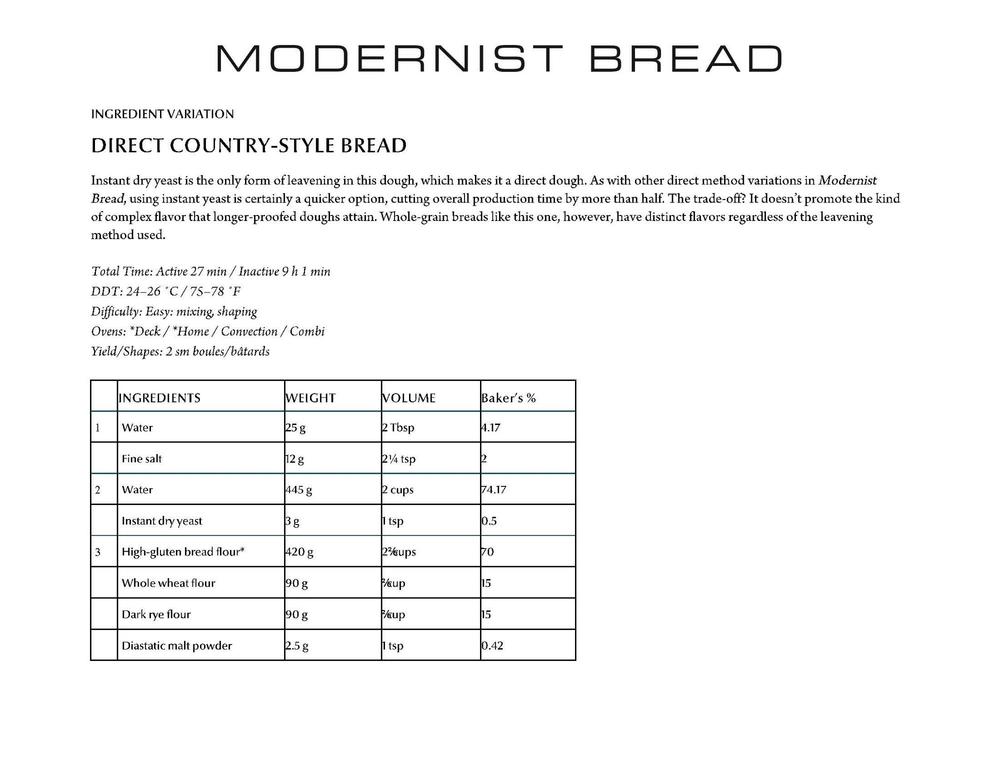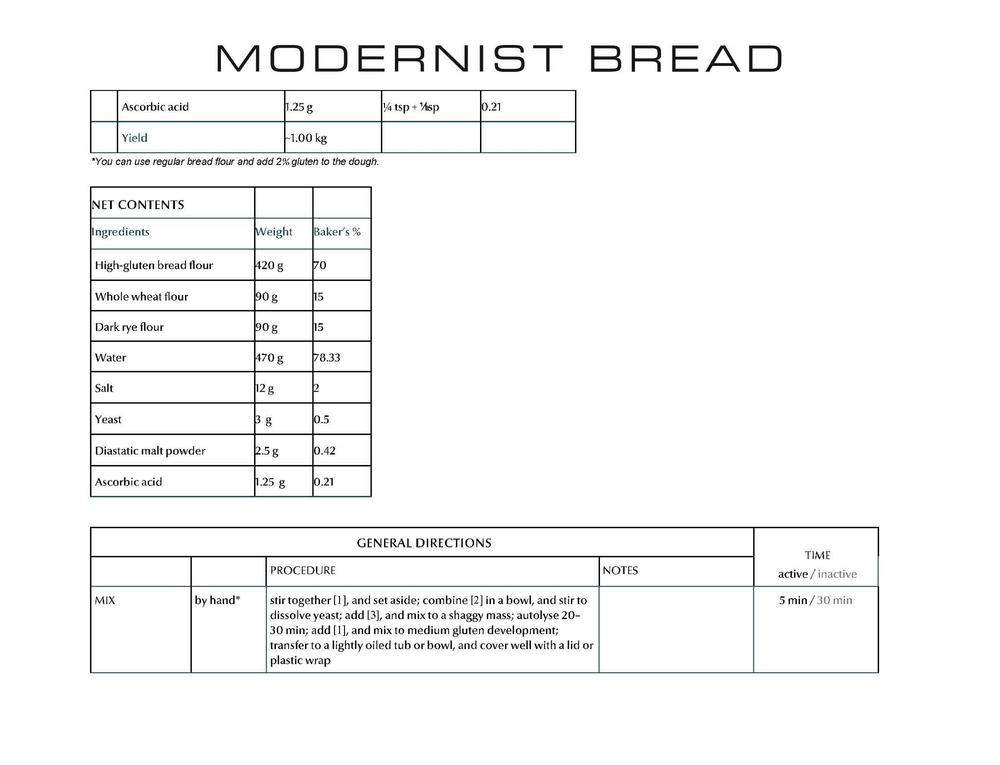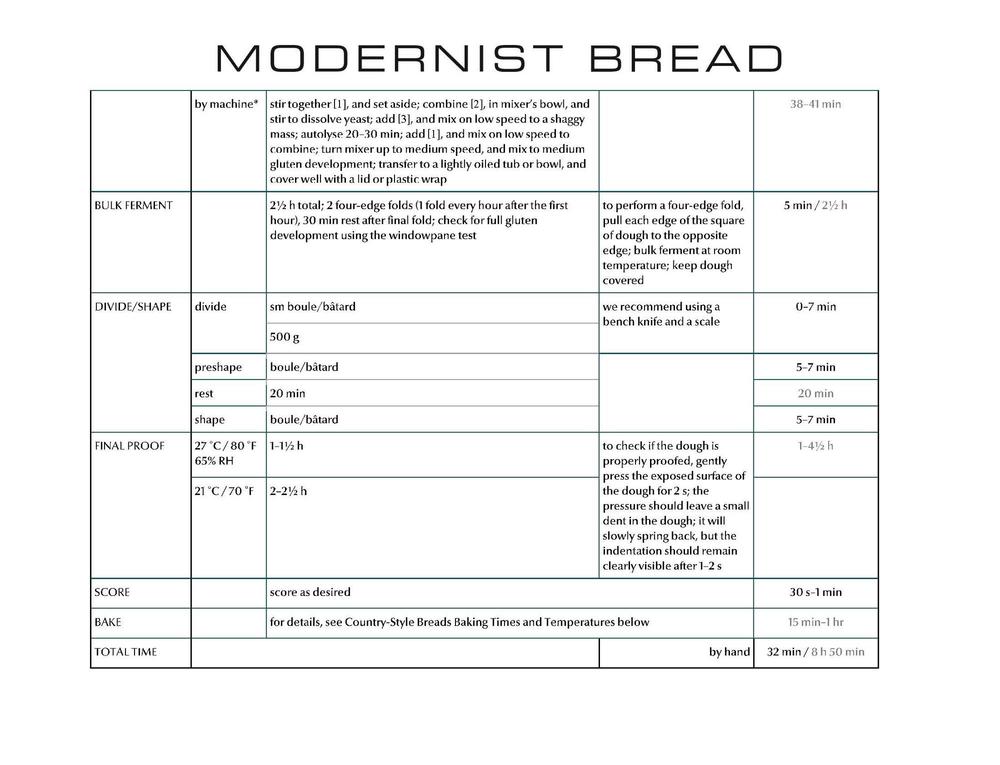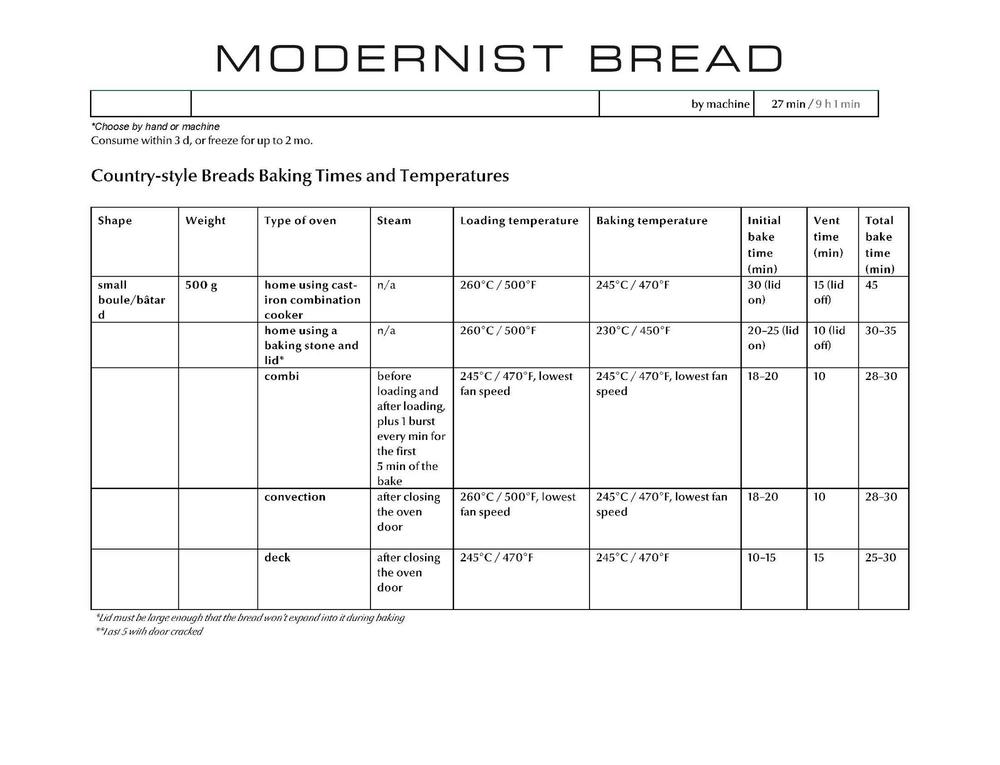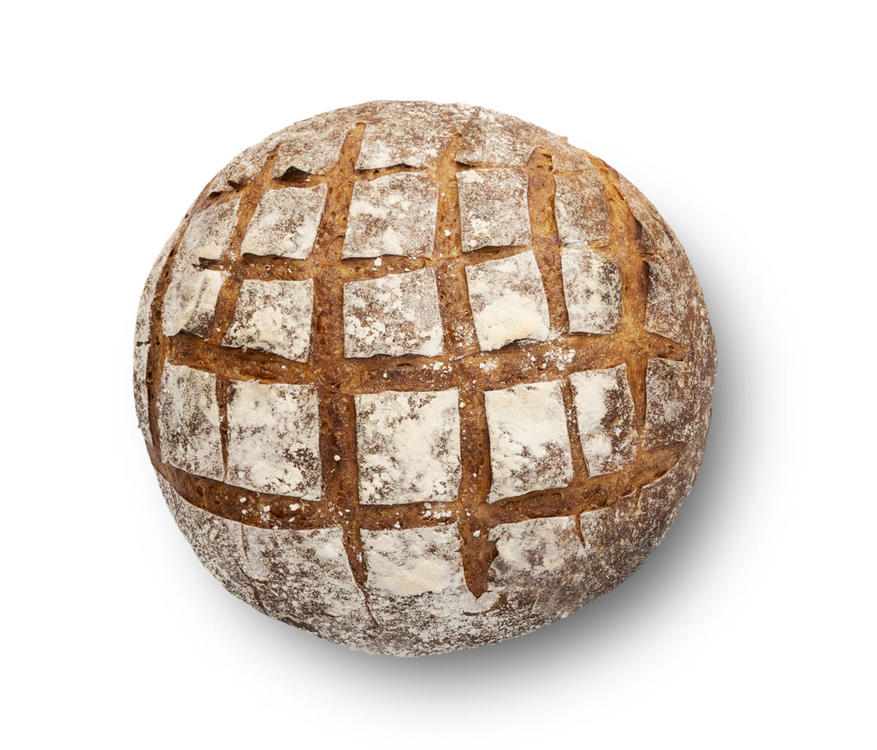-
Posts
8,087 -
Joined
-
Last visited
Content Type
Profiles
Forums
Store
Help Articles
Everything posted by Dave the Cook
-
I vote yes. Also: chicken-fried steak.
-
Not that it's much, if any, closer to Ft. Bragg, but it's very possible that the Reuben was invented in Omaha..
-
When my mom died a few years ago, we cleaned out her kitchen. We found four -- count 'em, four -- egg slicers (like this one). I sent them all to the thrift store, as I (hmpf) slice eggs with a knife. But here's the thing: mom had terrible arthritis, was never good with a knife . . . and loved egg salad. She would have it three or four times a week, on saltines, on bread, on toast, just on a plate. So, at any given time, there would be two egg slicers in the dishwasher (she wasn't great about running it daily), one ready to be used, and one spare (if you really, truly love egg salad, you don't want to be without a backup). Since finding those slicers, and realizing why they were needed, and why were so many, I quit making fun of them (and the people who use them). If there's a task that needs to be done often, and a device that does it well, then as far as I'm concerned, you have the right to use that device without excuses. One person's ridiculous gadget is another person's indispensable tool.
- 27 replies
-
- 15
-

-
Sure, final temperature determines moisture loss. But I think some other things are also at play here. For example, in one of our classes, we sous-vide tenderloin steaks at 136°F without this much liquid residue (we've done this many times). So the cut has something to do with it -- either chuck just has more liquid to start with, or the looser texture of the muscle allows more liquid to escape. Or both. Surface application of salt (which is really all I did) can accelerate moisture loss. But longer contact with surface salt leads to deeper penetration of salt into the meat (think brining, or what some call "dry brining"). And this penetration will, over time, cause affected cells to hold more moisture (see your McGee). Different cuts respond to temperature differently. Going back to the tenderloin steaks mentioned above, at 136°F, they're perfectly medium rare. But in the same class, we also pan-roast strip steaks using the Shaw-Ducasse method. If we let them cook to 135°, they'd be gray, or nearly so. I like the idea of using fish sauce to provide salt and amplify umami, but I'll proceed in my usual plodding way, changing one thing at a time until it's nailed.
-
This was an almost perfect experiment. It gave us a great baseline for future tweaking, while still yielding good, edible results. Since we sliced it thin, tenderness was not really an issue. Maybe another 12 hours would have made it more tender, but what I'd say is that 24 does the job, if that's the time you've got. There was a bit of internal gristle that came as a surprise -- about 2 cm x 1cm x maybe 4 slices (~5 mm). We prefer medium rare to really rare, hence 135°. It was a tad closer to medium than rare, and very slightly dry; I'm not sure that 130 is going to be low enough to give you really rare meat. I was surprised at the amount of juice that came out -- a bit more than 125 ml.from a 1-kilo roast. The texture is great (very slightly coarser than deli round) and it has a nice beefy flavor, if underseasoned due to the surface-only, a la minute application of salt. Next time, I'll salt it a day or two ahead of time to allow the salt to penetrate a bit, which should improve the seasoning, as well as help the proteins hold on to a bit more moisture. I might also dial back the temp to maybe 132.
-
We came across one of these yesterday, and being in need of some sort of sandwich filler, we grabbed it (though not for such an attractive price). I salted it generously, bagged it and let it swim at 135°F. Gonna let it go 24 hours (mostly because 36 would end at about 5 in the morning, an hour which does not normally find me in a waking state), and we'll see. All we're really trying to do is equal the quality of deli-counter roast beef at a reduced price, so I'm pretty confident -- if this experiment doesn't quite hit the mark, we'll almost certainly learn enough to nail it on round 2 (especially if we have additional data from @rotuts).
-
There is no single magic temperature for egg poaching. At the risk of oversimplification: it won't work because the proteins in egg whites coagulate at a higher temperature than those in the yolks. A poached egg works because the white temporarily protects the yolk. It coagulates first, and once it's firmed up, the task is done. If you leave the egg in the water, the yolk will coagulate, and you're well on your way to a hard-cooked egg. Now, if you could control the temperature instantaneously, bringing the water temp down from about 80°C (white coagulation temperature, more or less) to 60°C (five degrees less than yolk coagulation temperature, more or less) the second the whites have set, you might have a workable system. ETA: as has been pointed out elsewhere, a poached egg is not a sous-vide egg.
-
-

Baking with Myhrvold's "Modernist Bread: The Art and Science"
Dave the Cook replied to a topic in Pastry & Baking
Psst. Over here. -
We have one last recipe from the folks at The Cooking Lab: their Sablée Brioche, which calls for cold, rather than softened, butter; adds the eggs near the end; and employs a food processor rather than a stand mixer. Although the contest is over, we hope you'll try this one out, too.
-
We've conducted a random drawing from among the participants in our Modernist Bread contest (as outlined here). Without further ado: 1st place, and winner of a copy of Modernist Bread, with autographed bookplate (courtesy of the eGullet Society and The Cooking Lab): @thepelkus. 2nd place, and winner of an autographed poster and calendar (courtesy of The Cooking Lab): @Kerry Beal. 3rd place, and winner of an autographed poster (courtesy of The Cooking Lab): @Raamo. Congratulations to all, and our thanks to all who participated, as well as our friends at The Cooking Lab, including @nathanm and the @Modernist Cuisine Team.
-
- 8
-

-

-

Random "culinary" souvenirs from the US
Dave the Cook replied to a topic in Food Traditions & Culture
This is more or less true. Legend (though not biology) asserts that the crawfish (crawdad/crawdaddy) is the descendant of the North Atlantic lobster, just wore down by the trek from Nova Scotia to Louisiana. -

Modernist Bread: Direct Country-Style Bread (MB Contest Topic #2)
Dave the Cook replied to a topic in Pastry & Baking
-
IIRC, the blade roast is Jacques Pepin's favorite for pot roast, and it's become one of mine, too. Braising reveals that there seem to be two types of connective tissue running down the center of the cut. Post-braise, the meat is easily separated from the tougher sinew, leaving a sticky layer of gelatinous tissue that some like and some don't. The meat is great for New Orleans-style roast beef po' boys, but, having been braised, isn't really suitable for slicing deli-style. If that's what you're after, @rotuts is giving you good advice. (Once, for a class in modernist techniques, we took out the sinew and put the roast back together with transglutaminase and SV'd it at 122°F. Then we cut it into 1-1/2" cubes, wrapped each cube with chicken skin (using more meat glue) and dropped them into 375° F oil: chicken-fried steak.)
-
I agree with @gfweb. The nice thing about GE is that their offering is so broad -- you can spend anywhere from $400 to $4000 on a range, for example -- that (especially with a brand discount) almost any budget can be met.
-

"Modernist Cuisine: The Art and Science of Bread"
Dave the Cook replied to a topic in Cookbooks & References
The Modernist Bread team has an email address for corrections: corrections@modernistcuisine.com Note that that is for errata only. As for suggestions, the best place to raise them is actually here, especially since we absorbed the MC discussion forum back in 2014. Their team is understandably busy with the book launch and its immediate aftermath, but we're hoping they'll be weighing here themselves before long. -
Last time I checked, @Pam R, who's written (I think) three kosher cookbooks, also swears by Earth Balance.
-
Virginia Willis' Coca-Cola chicken wings are very tasty -- somewhat reminiscent of Vietnamese caramel chicken.
-
We've been using JDK & Sons' Peche liqueur for FHP. I admit to not knowing what peach brandy (or, for that matter, the original FHP) actually tastes like but this stuff makes a tasty addition. It's relatively high in proof (70 ABV) and has some funk, adding a mysterious note that, in context, isn't recognizable as specifically peach. DeKuyper is better known (on this side of the Atlantic, anyway) for high-sugar/low-proof novelties like the Pucker line and a variety of dubious "schnapps." Peche isn't like those.
-

Modernist Bread: Direct Country-Style Bread (MB Contest Topic #2)
Dave the Cook replied to a topic in Pastry & Baking
That looks great! For those not up on the nomenclature, it's worth pointing out that ascorbic acid is the same thing as vitamin C. If you're having trouble finding it under the first name, just buy vitamin C tablets and crush them into powder (2-334) -
Modernist Bread is out now, but maybe you haven't taken the plunge. Here's your chance to win your own copy, courtesy of the eGullet Society for Culinary Arts & Letters. The Cooking Lab has provided us with a couple of other prizes that will go to a second and third winner: second place will win an autographed poster and calendar, and third place will receive an autographed poster. They are also providing an autographed bookplate for the first place winner's copy of Modernist Bread. The rules are simple: we are going to post recipes from the book that the team at The Cooking Lab has graciously provided for this purpose. To enter into the contest, you need to bake one or more of these recipes and post about them in the official contest topics by the end of November 2017. Winners will be drawn at random from those posting pictures and descriptions of their completed loaves. Complete rules and other details can be found here. For part two, we're featuring another cornerstone recipe from the book: Direct Country-Style Bread. The only leavener here is instant yeast, so production time is considerably shortened. The relative lack of flavor compared to long-proofed doughs is offset by the use of whole grains. Courtesy of The Cooking Lab, here's that recipe (extracted from the book and reformatted for purposes of this contest):
-
Rick Rodgers' Thanksgiving 101 and Christmas 101 for $1.99 each. I don't have either of these, but Rodgers is a reliable author and teacher.
-

Magnetic Knife Strip, Be It Wooden, Stainless, Whatever
Dave the Cook replied to a topic in Kitchen Consumer
For the record, yes, knives can become magnetized. The two pictured here spent eight or so years on a magnetic strip, but for the last ten have lived elsewhere: Maybe -- probably -- it's no big deal. Still it's a little disturbing -- and just maybe, under certain circumstances, dangerous -- to have knives move seemingly of their own volition. -

Modernist Bread: French Lean Bread (MB Contest Topic #1)
Dave the Cook replied to a topic in Pastry & Baking
-
They do.



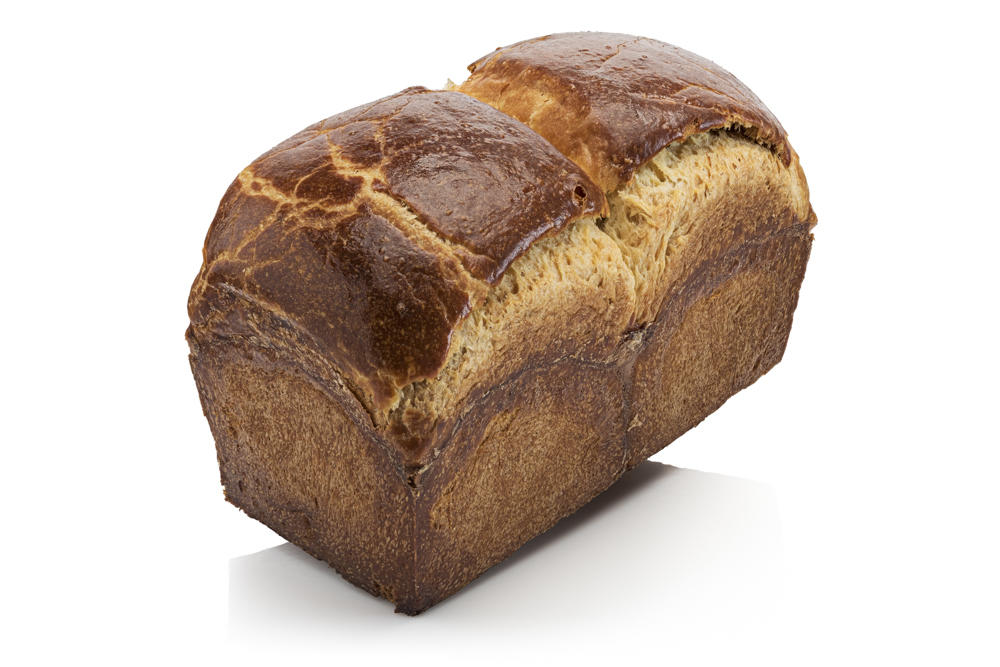

_Page_1.thumb.jpg.d1a787973fab683f771d0329f59e7385.jpg)
_Page_2.thumb.jpg.9d1dfd72ad02188c303396e2c91ef397.jpg)
_Page_3.thumb.jpg.d387c6bdd06063de8a7c4f127960dd89.jpg)
_Page_4.thumb.jpg.d0c6b0379a5636bb8cedc049601f7a44.jpg)
.thumb.jpg.1f53ff5a7e513f0418584de8d40c4822.jpg)

